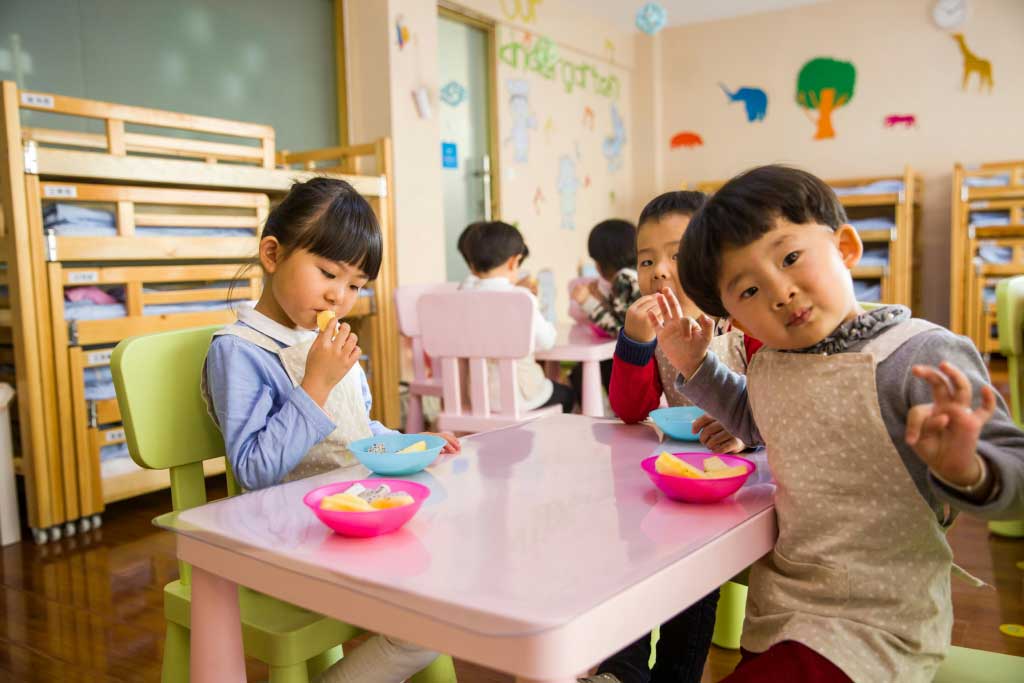When we talk about learning in early childhood, the conversation often revolves around literacy and numeracy. But what comes before letters and numbers? The ability to make sense of the world. Sensory play, activities that engage the senses of touch, sight, hearing, smell, and taste, provides exactly that. It creates a rich foundation for cognitive development by giving young children the raw materials they need to process experiences, make connections, and build knowledge.
Sensory play doesn’t just fill time. It builds the brain. When a child molds dough, scoops rice, or paints with their fingers, their neurons are firing in patterns that lay down the architecture for future learning. The repetitive nature of sensory exploration helps solidify new neural pathways. They are not just playing but mapping the world.

How the Body Thinks: The Link Between Movement and Understanding
In early childhood, learning isn’t confined to the brain. It pulses through fingertips, flows through feet stomping in puddles, and hums in the rhythm of swaying bodies. Sensory play leverages this innate need to move and manipulate. When a child pours water between cups, they’re refining motor control, exploring gravity, volume, and cause-and-effect relationships.
This kind of active learning fosters something abstract that a curriculum can’t deliver: embodied understanding. Children don’t simply learn about concepts; they internalize them through action. For example, a child who repeatedly presses buttons on a sensory wall is not just amused—they’re learning about resistance, choice, and the logic of response.
Sensory Play is a Precision Tool for Emotional Regulation
For educators and parents, emotional regulation in young children can feel like chasing shadows. Here, sensory play becomes an effective and targeted support tool. By offering experiences that ground a child in the present, sensory play helps reduce emotional overload and builds tolerance for transitions.
The key is engagement. Sensory activities offer a constructive outlet for tension. Kneading clay, for instance, activates proprioceptive input, which helps settle a restless system. Water trays, textured bins, or sand tables provide layers of stimulation that soothe without requiring verbal reasoning.
Real Learning is Embedded in Real Experience
Preschool learners are not abstract thinkers yet. They don’t understand “volume” from a worksheet or “texture” from a lecture. They understand by doing. Sensory play delivers that immersive context.
Once naturally integrated into daily routines, sensory activities lose their status as “extras” and become part of how children interact with their learning environment. An outdoor station with mud, stones, and leaves can teach sorting, sequencing, and environmental awareness more effectively than many formal lessons. These sensory experiences embed information in ways that stick—because they are layered with feeling, effort, and discovery.
The Quiet Power of Choosing Well
Sensory is a vote for authenticity in a time when early education can lean toward academic mimicry. It prioritizes the developmental reality of little learners and meets them on their level through materials, motion, and experience.
For anyone serious about supporting early childhood development—educators, parents, caregivers—sensory play should not be seen as enrichment. It should be seen as essential. A baseline. A starting point. In these small, tangible interactions, children gather the tools they’ll need to thrive. And that is a strategy worth choosing every time.





